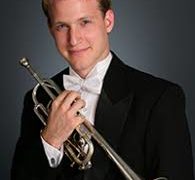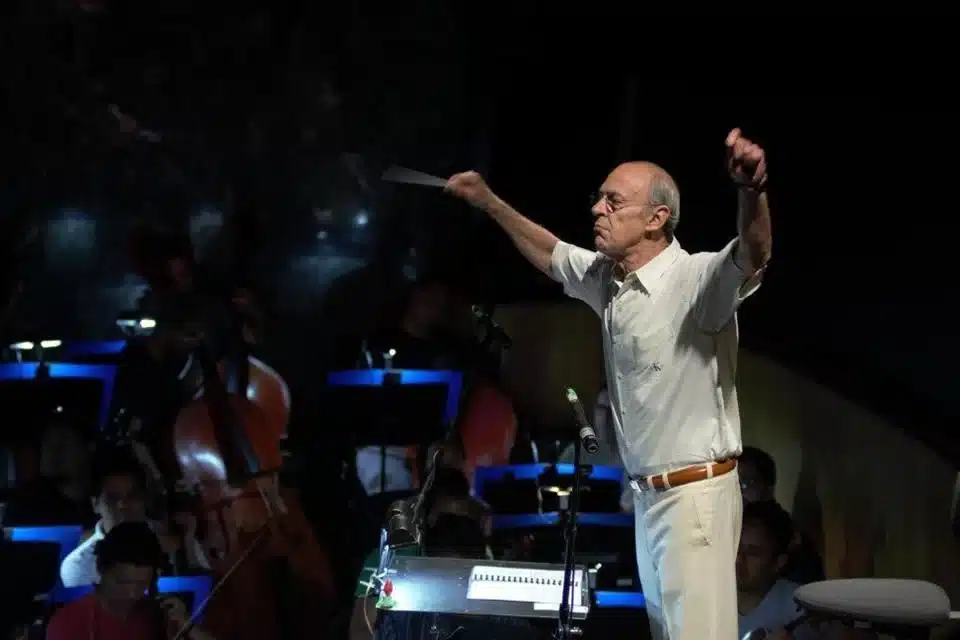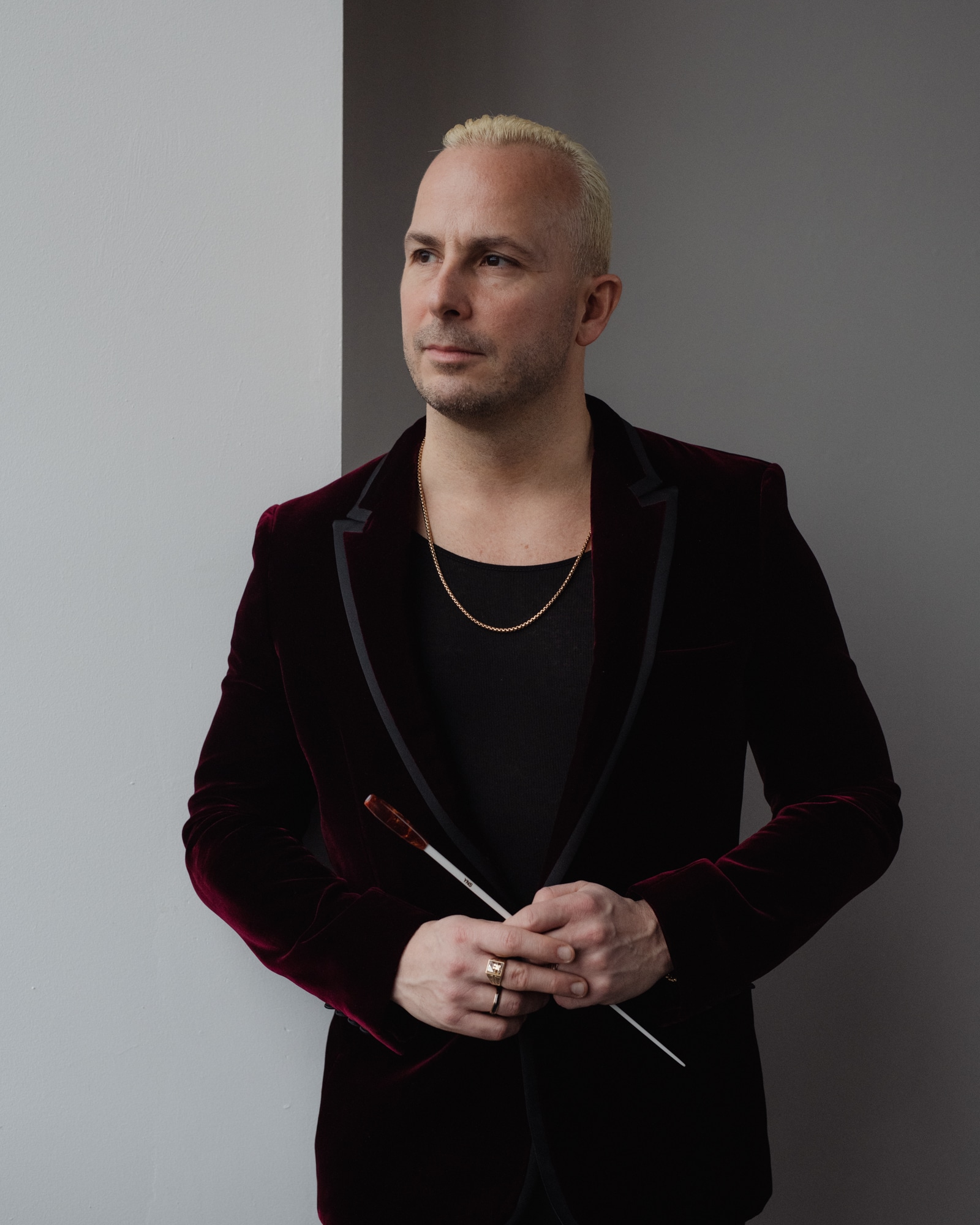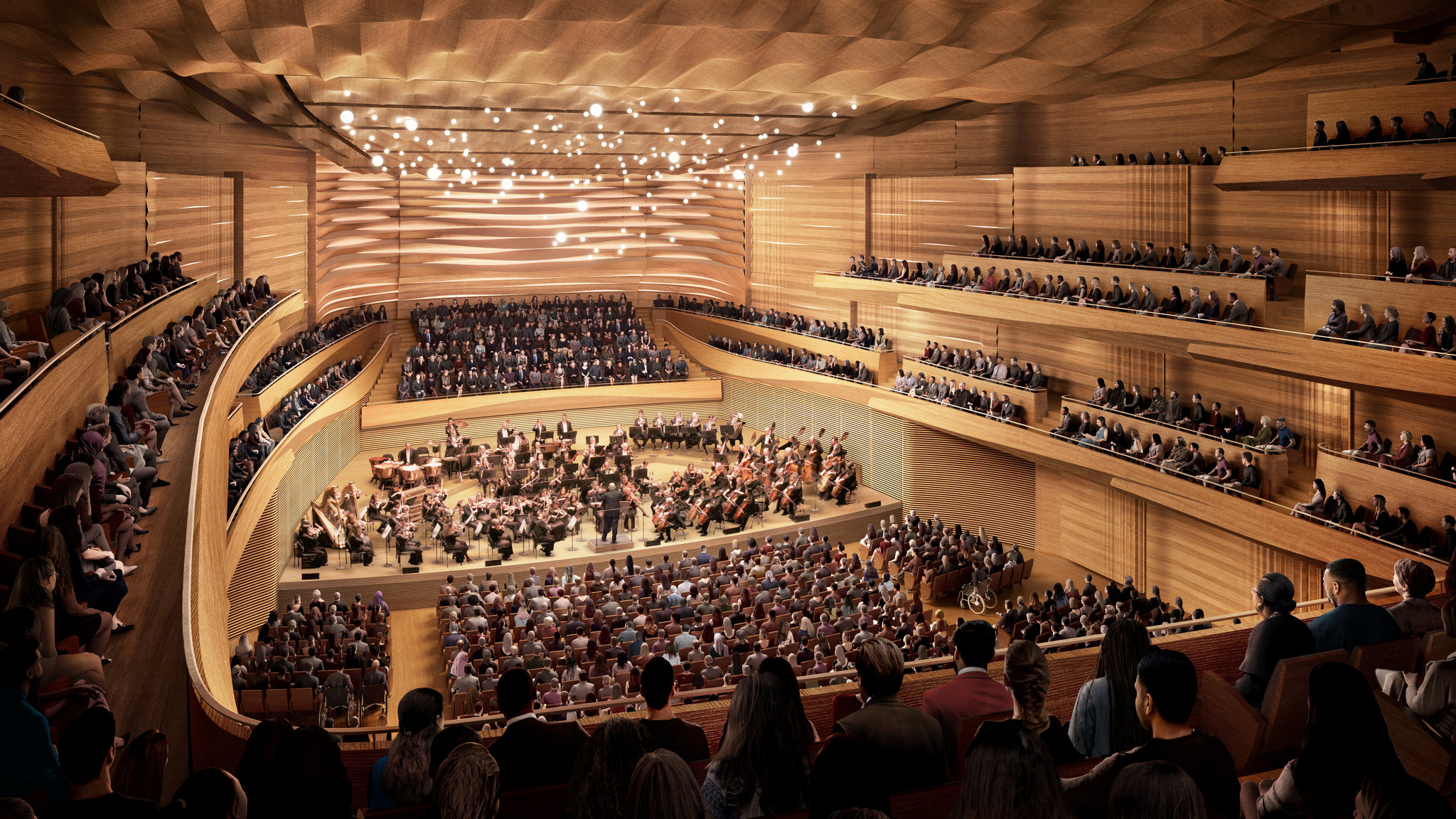Bach with joined-up writing
mainThe fugue in B-flat minor from the first book of J. S. Bach’s Well-Tempered Clavier, performed by Kimiko Ishizaka, with an animated graphical score.


The fugue in B-flat minor from the first book of J. S. Bach’s Well-Tempered Clavier, performed by Kimiko Ishizaka, with an animated graphical score.

The Taipei Music Academy and Festival has sacked…

The late Rafael Kubelik, suffering heart tremors while…

He is already music director of the Metropolitan…

Two players have been suspended while the board…

Session expired
Please log in again. The login page will open in a new tab. After logging in you can close it and return to this page.
Fascinating! And beautiful. It’s a 21st-century interactive piano roll! What a great way to introduce someone to the concept of how a fugue is organised.
We’re working on the future of this: http://www.musiceyes.org
The root of this goes back 77 years, to the opening sequence in Walt Disney’s full-length cartoon, Fantasia. Bach’s D minor Toccata and Fugue (in an orchestral transcription conducted by Stokowski) was overlaid with imaginative visuals. They are more free-wheeling than this note-by note version, which is nevertheless effective in its literal transformation of notes on a stave into scrolling, coloured symbols.
No computer graphics for Disney’s animators: it was all drawn frame by frame on celluloid. Completed in 1939, the film was ground-breaking. It must have been the first classical music experience for countless young cinema-goers. In the year 2000 an updated Fantasia was screened for family audiences in arenas, synchronised to a real, live orchestra.
There exists 18 precious seconds of never-issued footage Fantasia inspired. In 1946 Salvador Dali spent time at Disney’s fantasy factory in Hollywood. The two showmen got along well, and Walt decided to give the hyperactive surrealist his head “to see what would happen”. Dali would make a 6-minute contribution to a cartoon omnibus film then in production. Disney had bought the rights to Destino, a romantic ballad in beguine rhythm by Mexican composer Armando Dominguez. This was to be the soundtrack for “something unique, possibly a new art form.” Dali, now fired-up, made sketches including surreal swans and elephants, ants and turtles, gory monsters, a baseball ballet, and (naturally) his trademark floppy watches.
Being wartime, the studio was strapped for cash. The commercially risky venture fell apart. But the two men remained friends. Disney never returned to Bach. He later described the inspired efforts of his animators on Fantasia as “just noodling around.” Their noodling lives on, not least through Etienne Abelin’s link: http://www.musiceyes.org.
What a fascinating story, thank you for sharing, Rodney! I also find it intriguing that Paul Klee spent some time on a non-animated version of this – a drawing on a piece by Bach – back in 1921 in his “Beiträge zur bildnerischen Formenlehre”.
Thank you! Yes, Disney gave his animators free rein. He couldn’t have predicted the impact on Dali, Klee and other surrealists. I saw Fantasia aged about 8. I’ve never doubted that, unwittingly, the motivation for my subsequent career making TV music programmes was the impact of Mickey Mouse shaking hands with Leopold Stokowski, whose silhouette then launched an eye-catching, unforgettable toccata and fugue extravaganza.
To make it even more valuable as an educational tool, it needs a bottom text line that says what is going on formally: exposition, etc. The terms couod light up when they start and dim when they are over,
You’re exactly right. Text annotations will be an important part in the future software and in fact they have been used by Stephen (Malinowski), the creator of the above animation in other clips, such as this early one on Beethoven’s Great Fugue: https://youtu.be/6s0Mp7LFI-k or in his collaborations with Björk for quotes and lyrics.
And we integrate them already in the first version of the new software, here’s a visual interpretation of Vivaldi by a 15 year old student of Hull’s School Zurich using text bits: http://bit.ly/20e5gOn
Great idea to use it for what’s going on formally as you suggest.
Here’s an intriguing follow-up to the 1945 Dali-Disney collaboration … a YouTube video of their Destino project, completed in hi-def more than 50 years later in 2002 by Disney animators. It gives us the original intended music soundtrack (the ballad Destino), and a chance to see a version of what might have been. It has good provenance: Ray Edward Disney, a nephew of Walt, is its Executive Producer. He has honoured Walt’s projected duration of six minutes.
https://www.youtube.com/watch?v=1GFkN4deuZU&feature=youtu.be
A comment below the video adds:
“I am still intrigued by this short film… It was supposed to be for another Fantasia sequel: Fantasia 2006. Sadly, it was shelved and now all the shorts are standalone. I wish Disney were still experimental with their films like they used to be with Fantasia. I only hope that someday, they’d have the guts of making another Fantasia film… Only hoping..”
There is a recent book by David A. Bossert, the film’s Associate Producer, about the 150 pieces of art Dali created in collaboration with John Hench:
https://www.amazon.co.uk/Dali-Disney-Friendship-Legendary-Editions/dp/1484707133/ref=sr_1_1?s=books&ie=UTF8&qid=1467029630&sr=1-1&keywords=david+bossert+dali+and+disney
John Hench became a legendary artist at Disney and worked there for 65 years. He so much resembled Walt that he often signed autographs and posed for photos with theme-park visitors. They thought he was the real Disney.
Beautiful, thanks so much!
Ohhh.. this idea is just amazing and I’m always wondering how people have such imagination to create similar things. I have pretty good imagination for writing, but serious papers make me feel stupid and I always use thrivingwriter.com/college-application-essay for that. They’re brilliant!
Ohhh.. this idea is just amazing and I’m always wondering how people have such imagination to create similar things. I have pretty good imagination for writing, but serious papers make me feel stupid and I always use thrivingwriter.com/college-application-essay for that. They’re brilliant!